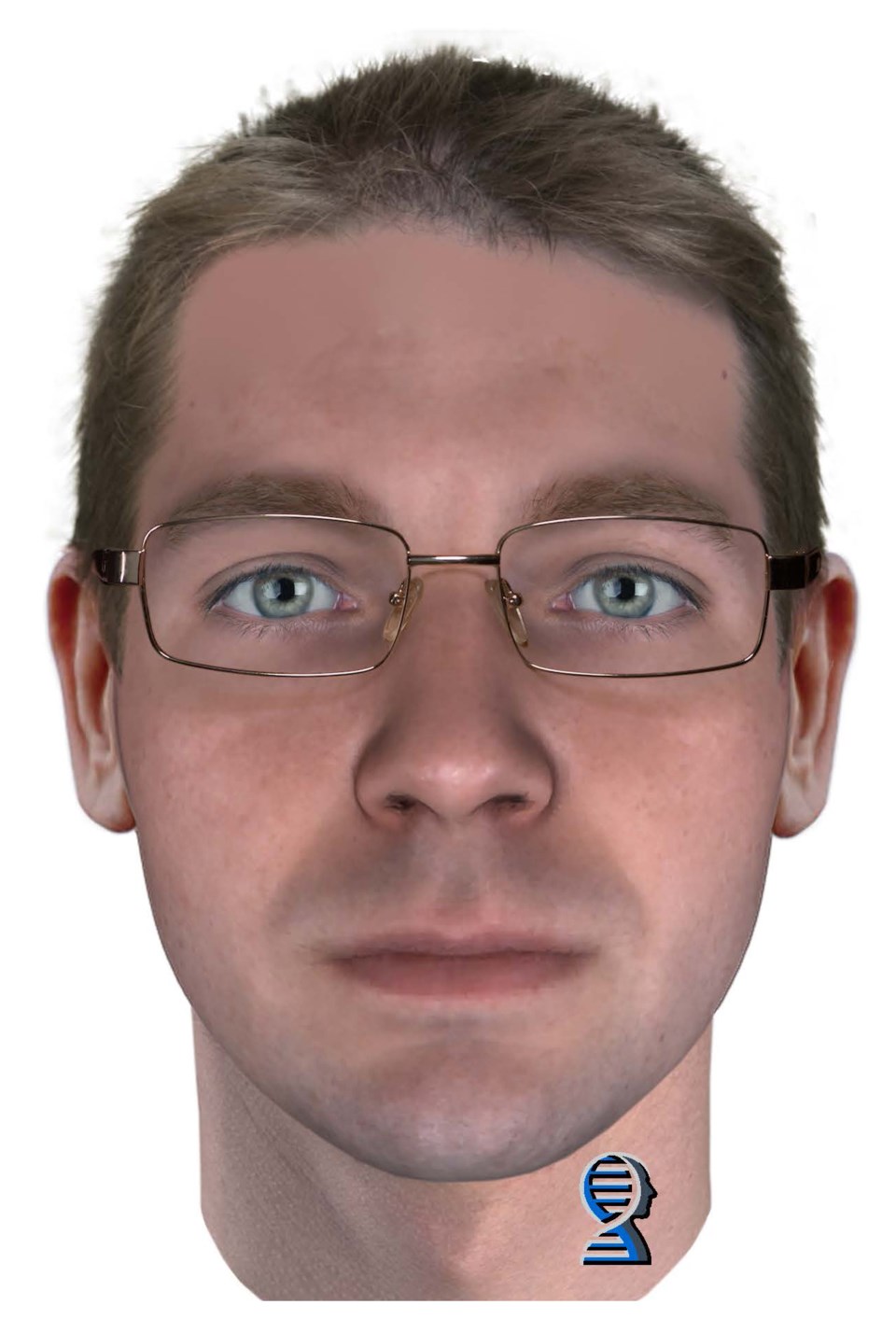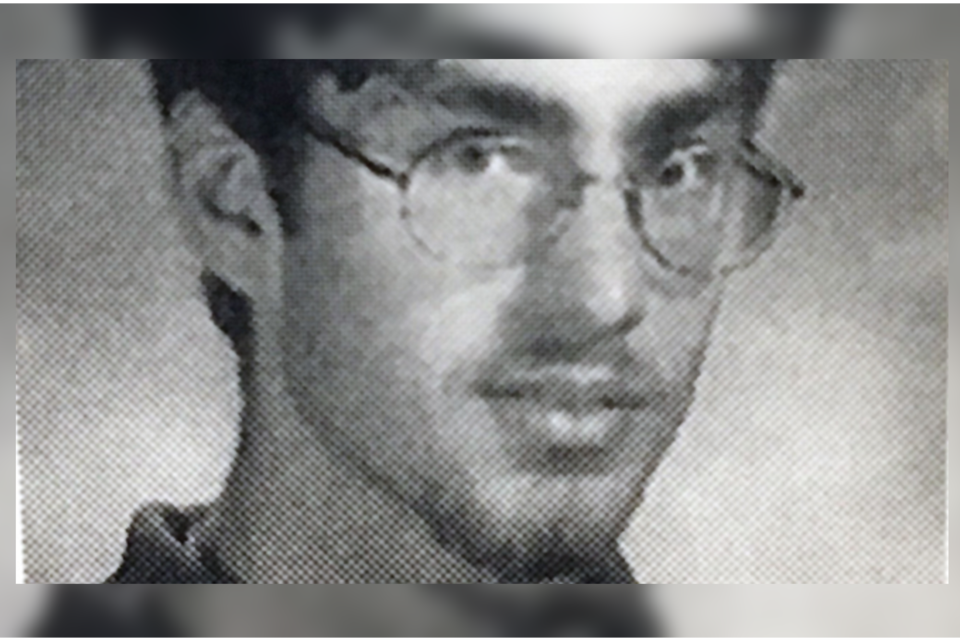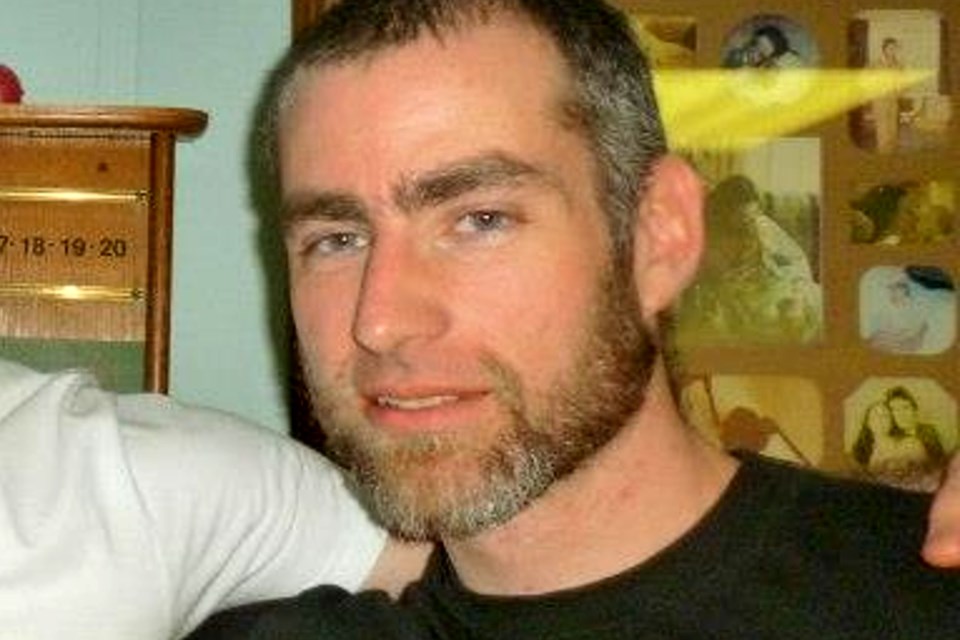The brutal murder of a young woman, the largest investigation in Sudbury police history, and finally, after 25 years, a courtroom to determine the truth.
This year, Sudbury was gripped by the trial of Robert Steven Wright, whose court appearances and guilty verdict dominated the news in spring of this year.
And though the trial came to an end in March, new charges in December means Wright will remain in the headlines for some time.
On Jan. 27, 1998, Renée Sweeney was working at a video store, located in a plaza just off Paris Street. She is seen on camera making a bank deposit that morning; she spoke with a few people, handled a few transactions, and then, she was dead. Stabbed 27 times and left on the floor, she was found by two customers. Those customers opened the door to the video store, and before they could enter fully, were brushed by a young man running quickly past them, carrying something blue, and in a flash, he was gone.
Now, 25 years later, his identity is known.
Robert Steven Wright was arrested and charged with second-degree murder. It wasn’t until this year that Sudbury, and Wright, would see trial.
He maintained his innocence throughout the trial, testifying that he happened upon Sweeney already dead and fled out of fear.
Court began with jury selection in late February, and by the end of March, five weeks later, there was a verdict: guilty.
In that time, there was also jury tampering, falsified police notes, wrongful arrests, posters of a blood-covered jacket and gloves, as well as the emotional toll that 25 years of unanswered questions takes on a community.
The trial began with the Crown calling witnesses like Carol Gosselin and Dr. Krista Jonas, who were among the first to see Sweeney and offer her First Aid. Then, the investigation itself, as Sudbury Regional Police officers and now Greater Sudbury Police officers told the court about the sheer amount of tips they received — more than 2,000 — as well as the 1,500 DNA samples that were compared against the DNA found at the scene.
That DNA would be the reason Wright was arrested, but it wasn’t at the time. It was when the DNA was re-examined by Dr. Tara Brutzki of the Centre for Forensic Sciences (CFS) in Sault Ste. Marie that the case began to move forward.
From there, Sgt. Robert Weston of GSPS, the lead investigator on the case, took to the stand to testify about a company called Parabon Nanolabs.

Using DNA collected at the murder scene, the company offered to create, for free, a composite image with its Snapshot DNA Phenotyping Service. Snapshot is billed as the first software application in the world that can predict the appearance and ancestry of someone based solely on DNA samples.
In Sept. 2018, Parabon compiled a report for GSPS that detailed ancestral testing they had done with the DNA sample. The report comes back with two last names that have ancestral ties to this DNA, Weston testified; those names are ‘Secord’ and ‘McAllister’.
They were not related, Weston testified, but had a common descendant. Weston testified his job, as he saw it, was to find the descendent link.
He first found a relative on the Secord side, who kept detailed genealogical notes, Weston said. Next was a McAllister relative, who was also passionate about genealogy. Both were building family trees.
Ultimately, Weston said he found the point where the Secord and McAllister family trees met. Then, as per the details in the Parabon report, he confirmed the crime scene DNA would be from descendants of the link.
Weston said that link was Wright’s father, also named Robert, and his descendents, two sons, the oldest being Robert Steven, who goes by Steven, who was living in North Bay in 2018.
Weston was asked if he saw the person he arrested on Dec. 11, 2018 in the courtroom. He answered, “Yes, I do. The person in the burgundy-collared shirt.”
Weston pointed at Wright, who was sitting at the defense table.
The court also heard testimony from Dr. Jeffrey Myatt of the Centre for Forensic Science, regarding the shoe prints found in the south bathroom of the store, as well as in the parking lot. Though a shoe print seems like a slam dunk, the court heard that there are many factors that make a shoe, including the fact that size cannot be determined by the sole.
There was also the question of whether or not Sweeney was alive when she was found by Gosselin and Jonas. If she was, it meant that her death had not occurred long before the two witnesses saw Wright running away.
However, Dr. Kelly Uren, the pathologist who examined Sweeney after her death testified that with the stab wounds to her neck made him question that timeline.
Then, the discussion of the meaning behind ‘casual degree of contact’.
Wright’s DNA was found in the container that held Sweeney’s fingernail clippings, taken by the pathologist during the post mortem. But to Wright’s attorney, Michael Lacy, the real issue was how the DNA was left at the scene.
To Crown attorney Rob Parsons, it had been from Wright’s attack on Sweeney. To Lacy, and central to the defense’s case, was that the DNA was left when Wright checked Sweeney’s pulse.
Dr. Renata Dziak, who also works with the Centre for Forensic Science, testified that the casual degree did not imply violence. She said it could come from touch with pressure, similar, she said, to holding a squirming baby while you change their diaper.
The jury, however, was not swayed. After a day and a half of deliberations, they came to the courtroom with a verdict: Guilty of second-degree murder.
A conviction of murder comes with an automatic life sentence, with parole eligibility based on a judge’s sentencing decision.

Justice Robbie D. Gordon heard from several family members and friends of Sweeney, including a statement from her sister, Kim. He told the court he received many written character references for Wright.
In Wright’s statement to the judge, which he read before the court, he stated “I would like to express empathy for the Sweeney family and friends, no one should have to go through losing a loved one,” he said. “I empathize with their anger, sorrow, sadness and loss; however, I am not responsible for those. I did not kill Renée Sweeney, that is the truth and always will be.”
When he set the parole eligibility at 12 years, Justice Robbie Gordon noted Wright had no involvement with the justice system in the years since the murder, had “amiable and prosocial relationships" and that as he was 18 years old at the time of the crime, his actions were consistent with “a young man in panic mode.”
Then, just a few weeks ago, Sudbury.com found another investigation. This time, in North Bay, where he was living when he was arrested in 2018.
North Bay Police announced they charged Wright with one count of criminal harassment, two counts of sexual assault and one count of forcible confinement.
A release was issued Dec. 14. “Criminal investigators from the North Bay Police Service received information from the Greater Sudbury Police Service in regards to a historical sexual assault that had occurred in North Bay between 2015 and 2016,” it reads. “The accused, who is currently serving a life sentence in Kingston, Ontario, was informed of the new charges, and remains in custody.”
Wright will next appear on these charges Jan. 3, 2024.
Jenny Lamothe is a reporter with Sudbury.com
